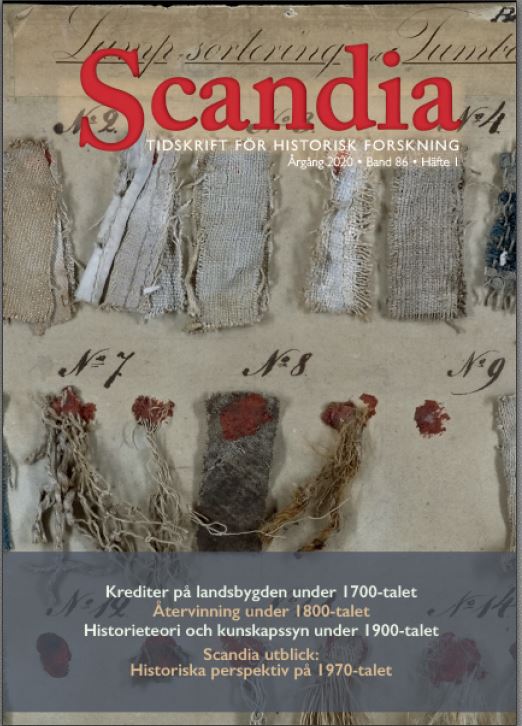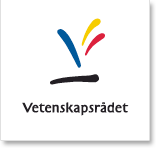Lump: textil återvinning under det långa 1800-talet
DOI:
https://doi.org/10.47868/scandia.v86i1.21860Nyckelord:
lump, återvinning, pappersavfall, avfall, ylleindustrinAbstract
Textile recycling is an important contemporary issue and a field of research for which the aim is a circular economy in order to hinder the negative impact of increasing textile consumption on environment and climate. However, when it comes to textiles, the linear economy has a short history. This article is about textile recycling and the trade of rags during a long nineteenth century. The amount of textiles increased in Swedish households, leading to an increase also in the supply of rags. A number of changes led to a growing demand for rags during the first half of the nineteenth century as a resource for the production of paper, followed in the latter half of the century by a growing demand for wool rags within the textile industry. While the importance of rags for the paper industry is well known, this article sheds new light on the importance of rags for textile production. Sources show that as much as 40 percent of the wool used within Swedish wool manufactures at the end of the nineteenth century came from wool rags. The trade with rags was performed at different levels: from individual rag collectors and small ragandbone dealers to a largescale international trade. The circular economy of textiles meant that textile waste became a necessary part of a growing textile production, which in turn created possibilities for an83 increased consumption and thus more textile waste. Thus, this article supports previous research pointing out that waste not only was the necessary, unfortunate biproduct of industrialization, but also a prerequisite for increased production.






